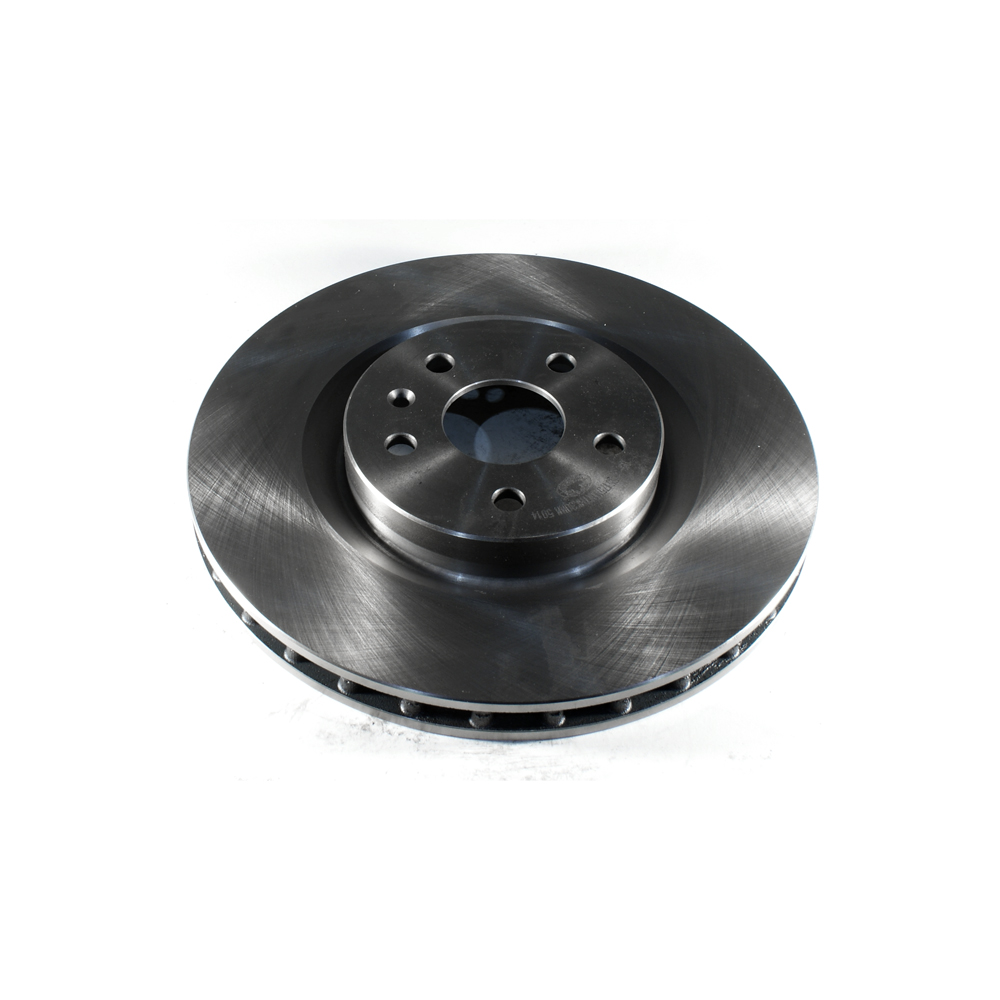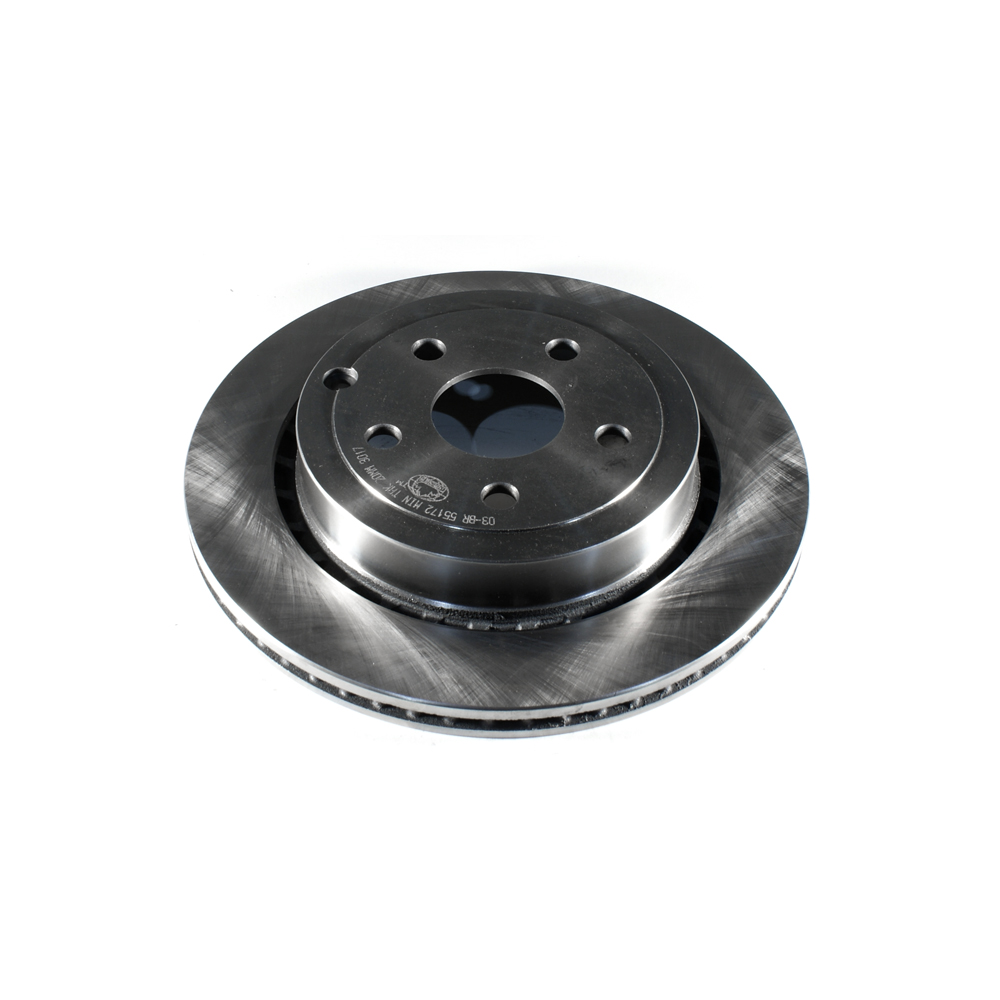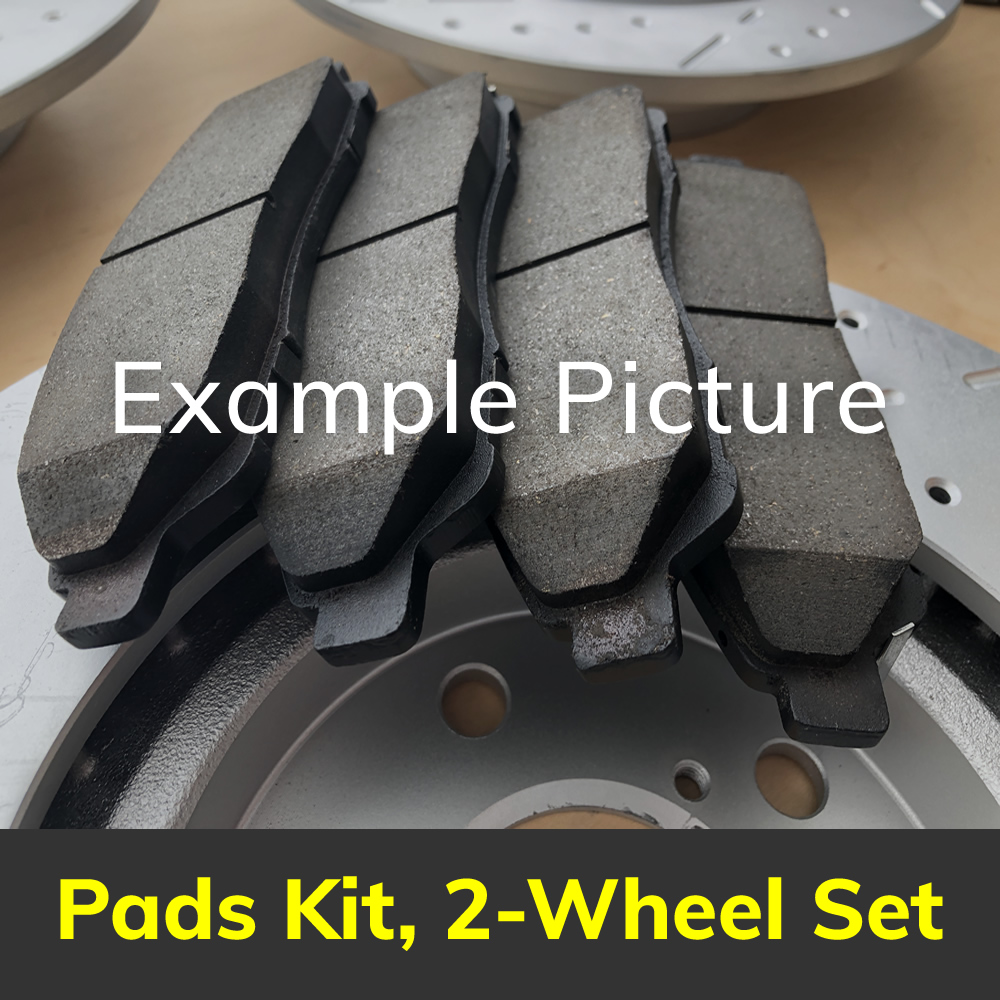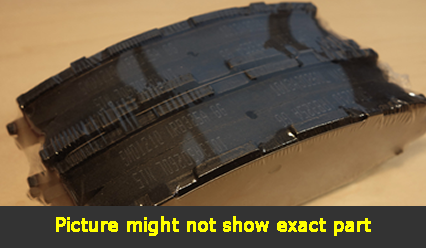2014 Chevrolet SS Brake Rotors and Pads
Click here to search another vehicle
All Rotors:
OEM x
Coated x
Drilled, Slotted and Coated x
Front x
Rear x
All Pads:
Ceramic x
Semi-metallic x
Front x
Rear x
Found 4 record

Part No: BR55175
Raybestos: 580756
OE:
Raybestos: 580756
OE:
$96.07 each
Per Car QTY: 2

Part No: BR55172
Raybestos: 580724
OE: 92170766
Raybestos: 580724
OE: 92170766
$52.61 each
Per Car QTY: 2

Part No: PD1474C
Raybestos:
OE:
Raybestos:
OE:
$50.38 each
Per Car QTY: 1

Part No: SMD1352
Raybestos:
OE:
Raybestos:
OE:
$22.54 each
Per Car QTY: 1
When it comes to ensuring the safety of a car, one of the most crucial components is the braking system. The brakes are responsible for slowing down and stopping the vehicle, and a well-functioning brake system is essential for a smooth and secure driving experience. If you own a 2014 Chevrolet SS or any other car, it is vital to invest in the right brakes to ensure optimal performance. In this article, we will explore the rules for choosing brakes for a car like the 2014 Chevrolet SS.
1. Consider Driving Habits and Conditions:
The first rule for selecting suitable brakes for your car is to evaluate your driving habits and the conditions in which you usually drive. Are you a spirited driver who enjoys cornering at high speeds? Or do you tend to drive calmly and leisurely? Different driving styles require different types of brakes. For spirited driving or for those living in hilly or mountainous regions, high-performance brakes with enhanced stopping power and heat dissipation might be a better choice. On the other hand, if you typically drive in a relatively flat area or mostly encounter city traffic, standard brakes might suffice.
2. OEM or Aftermarket:
The second rule is to decide whether to opt for Original Equipment Manufacturer (OEM) brakes or aftermarket options. OEM brakes are designed specifically for your car model and are often a safe and reliable choice. They are built to match the same specifications as the original brakes that came with your Chevrolet SS. On the other hand, aftermarket brakes offer a wider range of options, including different materials, rotor designs, and performance levels. However, be cautious when selecting aftermarket brakes, ensuring they meet or exceed the performance standards of your vehicle.
3. Brake Pad Material:
When choosing brakes, one of the critical factors to consider is the brake pad material. Brake pads are responsible for creating friction against the brake rotors, which ultimately stops the vehicle. Common brake pad materials include organic, semi-metallic, and ceramic. Organic brake pads provide a quiet and smooth operation but might wear out faster. Semi-metallic pads have better heat dissipation and are suitable for heavy-duty use but can be noisy and cause more wear on the rotors. Ceramic brake pads are known for their noiseless operation, longer lifespan, and low dust generation but are generally more expensive.
4. Rotors:
In addition to brake pads, the rotors are an essential component of the braking system. The choice of rotors depends on factors like efficiency, heat dissipation, and durability. Two popular rotor types are drilled and slotted rotors. Drilled rotors have holes drilled across the surface to disperse heat and prevent the formation of gas or water pockets. Slotted rotors feature slots cut into the rotor surface to maintain consistent brake pad contact and assist in heat dissipation. However, it is important to note that drilled or slotted rotors are not always necessary for regular daily driving and are typically employed in high-performance or heavy-use scenarios.
5. Seek Professional Advice:
Lastly, it is always advisable to seek professional advice when choosing brakes for your car, especially if you are unsure about the best options. Automotive technicians or specialists can provide valuable insights and recommend the most suitable brakes based on your vehicle's specifications, driving style, and requirements.
In conclusion, selecting the right brakes for a car, such as the 2014 Chevrolet SS, requires careful consideration of driving habits, conditions, OEM or aftermarket choices, brake pad materials, and rotor types. By following these rules and seeking expert guidance, you can ensure that your vehicle's braking system performs optimally, promoting safety and an enjoyable driving experience.
1. Consider Driving Habits and Conditions:
The first rule for selecting suitable brakes for your car is to evaluate your driving habits and the conditions in which you usually drive. Are you a spirited driver who enjoys cornering at high speeds? Or do you tend to drive calmly and leisurely? Different driving styles require different types of brakes. For spirited driving or for those living in hilly or mountainous regions, high-performance brakes with enhanced stopping power and heat dissipation might be a better choice. On the other hand, if you typically drive in a relatively flat area or mostly encounter city traffic, standard brakes might suffice.
2. OEM or Aftermarket:
The second rule is to decide whether to opt for Original Equipment Manufacturer (OEM) brakes or aftermarket options. OEM brakes are designed specifically for your car model and are often a safe and reliable choice. They are built to match the same specifications as the original brakes that came with your Chevrolet SS. On the other hand, aftermarket brakes offer a wider range of options, including different materials, rotor designs, and performance levels. However, be cautious when selecting aftermarket brakes, ensuring they meet or exceed the performance standards of your vehicle.
3. Brake Pad Material:
When choosing brakes, one of the critical factors to consider is the brake pad material. Brake pads are responsible for creating friction against the brake rotors, which ultimately stops the vehicle. Common brake pad materials include organic, semi-metallic, and ceramic. Organic brake pads provide a quiet and smooth operation but might wear out faster. Semi-metallic pads have better heat dissipation and are suitable for heavy-duty use but can be noisy and cause more wear on the rotors. Ceramic brake pads are known for their noiseless operation, longer lifespan, and low dust generation but are generally more expensive.
4. Rotors:
In addition to brake pads, the rotors are an essential component of the braking system. The choice of rotors depends on factors like efficiency, heat dissipation, and durability. Two popular rotor types are drilled and slotted rotors. Drilled rotors have holes drilled across the surface to disperse heat and prevent the formation of gas or water pockets. Slotted rotors feature slots cut into the rotor surface to maintain consistent brake pad contact and assist in heat dissipation. However, it is important to note that drilled or slotted rotors are not always necessary for regular daily driving and are typically employed in high-performance or heavy-use scenarios.
5. Seek Professional Advice:
Lastly, it is always advisable to seek professional advice when choosing brakes for your car, especially if you are unsure about the best options. Automotive technicians or specialists can provide valuable insights and recommend the most suitable brakes based on your vehicle's specifications, driving style, and requirements.
In conclusion, selecting the right brakes for a car, such as the 2014 Chevrolet SS, requires careful consideration of driving habits, conditions, OEM or aftermarket choices, brake pad materials, and rotor types. By following these rules and seeking expert guidance, you can ensure that your vehicle's braking system performs optimally, promoting safety and an enjoyable driving experience.


